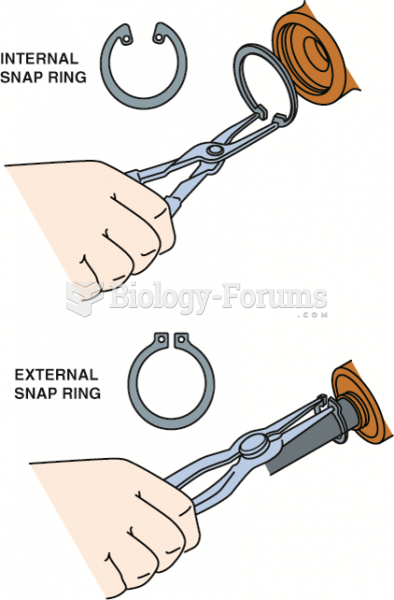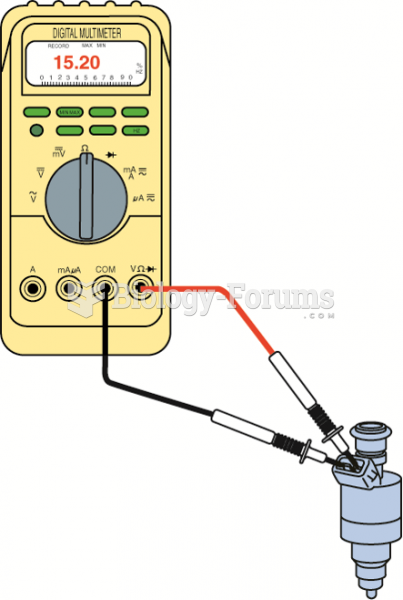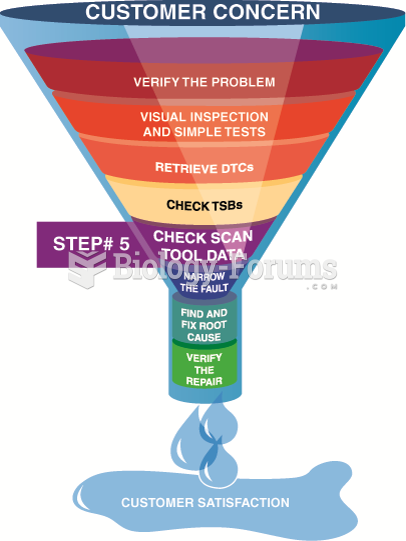This topic contains a solution. Click here to go to the answer
|
|
|
Did you know?
All adults should have their cholesterol levels checked once every 5 years. During 2009–2010, 69.4% of Americans age 20 and older reported having their cholesterol checked within the last five years.
Did you know?
Asthma cases in Americans are about 75% higher today than they were in 1980.
Did you know?
Eat fiber! A diet high in fiber can help lower cholesterol levels by as much as 10%.
Did you know?
About 100 new prescription or over-the-counter drugs come into the U.S. market every year.
Did you know?
If you could remove all of your skin, it would weigh up to 5 pounds.







